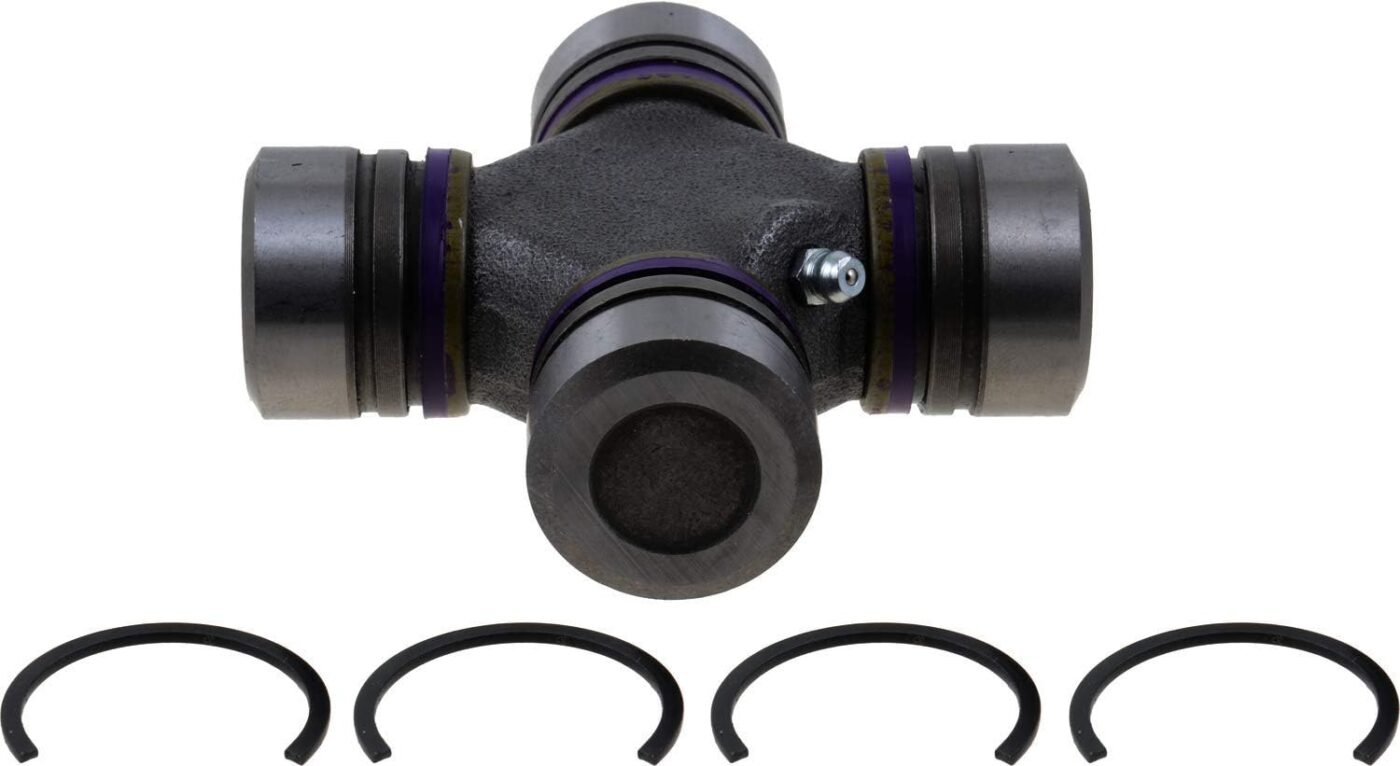Exploring the History and Evolution of Automotive Couplings in Vehicle Engineering
As a marketing manager in the automotive industry, I’ve always been fascinated by the technological advancements that have shaped the evolution of vehicle engineering. One area that has undergone significant transformation over the years is the humble automotive coupling – the critical components that connect various systems and subsystems within a vehicle. The history of automotive couplings is a story of innovation, driven by the need to improve performance, efficiency, and safety in an increasingly complex automotive landscape. Let’s dive into this captivating journey and explore how these unsung heroes of vehicle engineering have transformed the industry.
The Early Days of Automotive Couplings
The origins of automotive couplings can be traced back to the dawn of the automobile era. In the late 19th and early 20th centuries, as the first gasoline-powered vehicles began to take to the roads, the need for reliable connections between various mechanical components became increasingly apparent. Early automotive couplings were relatively simple in design, often consisting of basic mechanical fasteners or rigid metal joints. These early solutions were functional, but they lacked the flexibility and adaptability required to accommodate the evolving demands of vehicle engineering. As the automotive industry rapidly expanded, engineers for coupling manufacturers like Spicer, Moog, SKF and GMB recognized the need for more sophisticated coupling technologies that could keep pace with the growing complexity of vehicle systems. This realization set the stage for a period of rapid innovation and evolution in the world of automotive couplings.
The Rise of Flexible Couplings
One of the key advancements in automotive couplings was the development of flexible coupling technologies. These innovative designs allowed for a certain degree of movement and misalignment between connected components, providing a more forgiving and adaptable interface. The introduction of flexible couplings, such as universal joints and elastomeric couplings, revolutionized the way vehicle systems were integrated. These flexible solutions enabled engineers to better accommodate the vibrations, misalignments, and thermal expansions inherent in the dynamic environment of a moving vehicle. As the automotive industry continued to evolve, the demand for more sophisticated flexible couplings grew. Manufacturers responded by developing a wide range of coupling designs, each tailored to specific applications and performance requirements. From constant-velocity joints for driveline systems to flexible hoses for fluid transfer, the variety of automotive couplings expanded rapidly.
The Emergence of Intelligent Couplings
The next phase in the evolution of automotive couplings was the integration of intelligence and advanced sensing capabilities. As vehicle systems became increasingly complex and interconnected, the need for real-time monitoring and control of coupling performance became paramount. The introduction of intelligent couplings, equipped with sensors and microprocessors, marked a significant milestone in the industry. These advanced couplings could monitor critical parameters such as temperature, vibration, and wear, providing valuable data to vehicle control systems. This information enabled predictive maintenance, improved reliability, and enhanced safety features. The integration of intelligent couplings with vehicle telematics and diagnostic systems further revolutionized the way automotive engineers approached system design and maintenance. By leveraging the data collected by these smart couplings, manufacturers could optimize performance, predict potential failures, and proactively address issues before they escalated.
The Challenges of Electrification and Automation
As the automotive industry continues to evolve, the role of couplings has become even more critical. The rise of electric vehicles and the push towards autonomous driving have presented new challenges and opportunities for coupling technologies. The shift towards electrification has introduced new requirements for automotive couplings, such as the need to handle higher voltages and currents, as well as the integration with advanced battery management systems. Manufacturers have responded by developing specialized couplings that can withstand the unique demands of electric powertrains while maintaining the necessary levels of safety and reliability. Furthermore, the advent of autonomous driving has placed even greater emphasis on the performance and reliability of automotive couplings. As vehicles become increasingly reliant on complex sensor networks and control systems, the integrity of the connections between these components is crucial. Intelligent couplings with advanced diagnostic capabilities have become essential in ensuring the seamless operation of autonomous driving systems.
The Future of Automotive Couplings
As we look towards the future of the automotive industry, it’s clear that the evolution of automotive couplings will continue to play a pivotal role. Manufacturers and engineers are already exploring innovative solutions that will shape the next generation of vehicle engineering. One area of focus is the development of self-healing and adaptive couplings. These advanced designs would be capable of detecting and addressing issues in real-time, automatically adjusting their properties to maintain optimal performance. This level of self-monitoring and self-correction could significantly enhance the reliability and longevity of vehicle systems. Another exciting prospect is the integration of additive manufacturing (3D printing) into the production of automotive couplings. This technology could enable the creation of highly customized, complex coupling designs that are tailored to specific vehicle models and applications. By leveraging the flexibility of additive manufacturing, engineers could push the boundaries of coupling performance and functionality. Furthermore, the continued advancements in materials science and nanotechnology are expected to play a crucial role in the future of automotive couplings. The development of new, lightweight, and high-strength materials could lead to the creation of couplings that are more durable, efficient, and environmentally friendly.
Exploring the History and Evolution of Automotive Couplings in Vehicle Engineering – Conclusion
The history and evolution of automotive couplings is a testament to the ingenuity and dedication of vehicle engineers. From the humble beginnings of simple mechanical fasteners to the sophisticated, intelligent couplings of today, these unsung heroes have played a pivotal role in shaping the automotive industry. As we look towards the future, it’s clear that the continued advancement of coupling technologies will be essential in meeting the ever-evolving demands of vehicle engineering. Whether it’s the challenges of electrification, the rise of autonomous driving, or the pursuit of greater efficiency and sustainability, the role of automotive couplings will only become more critical.

